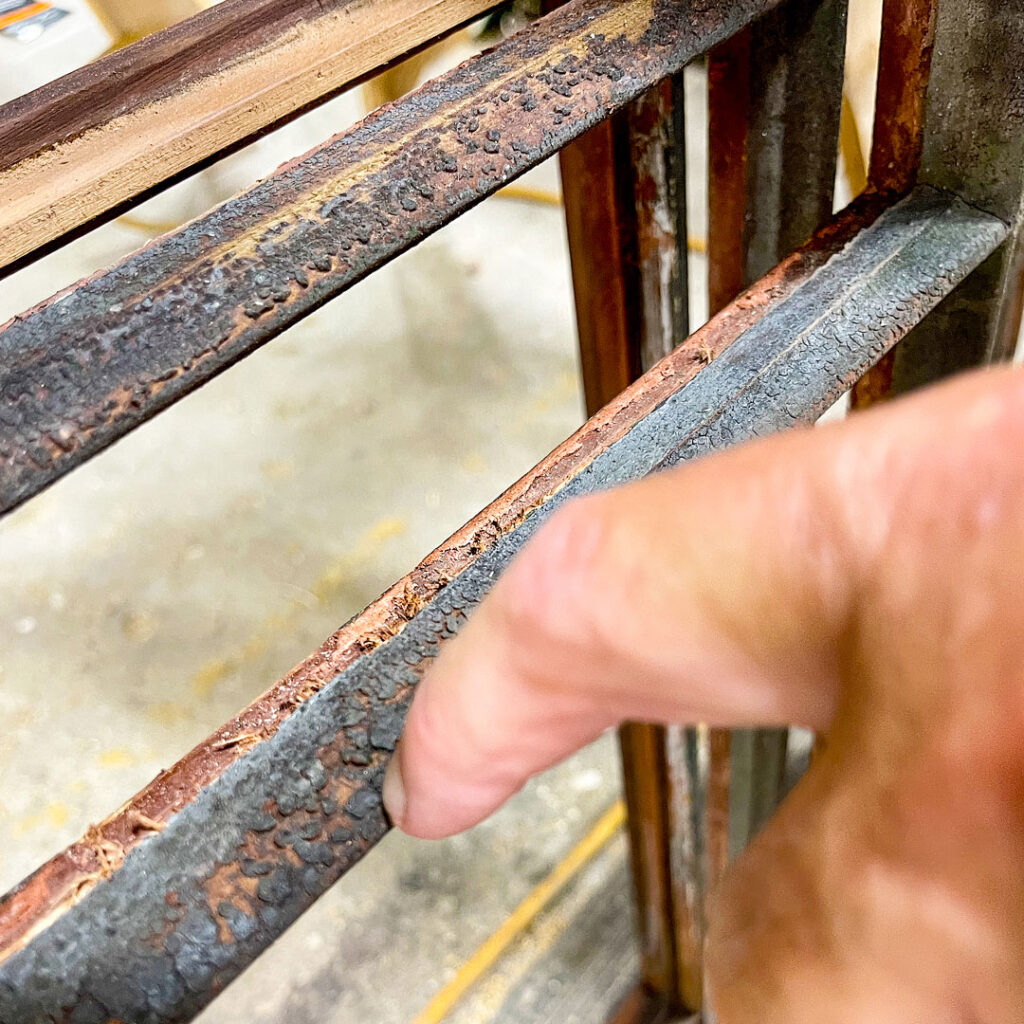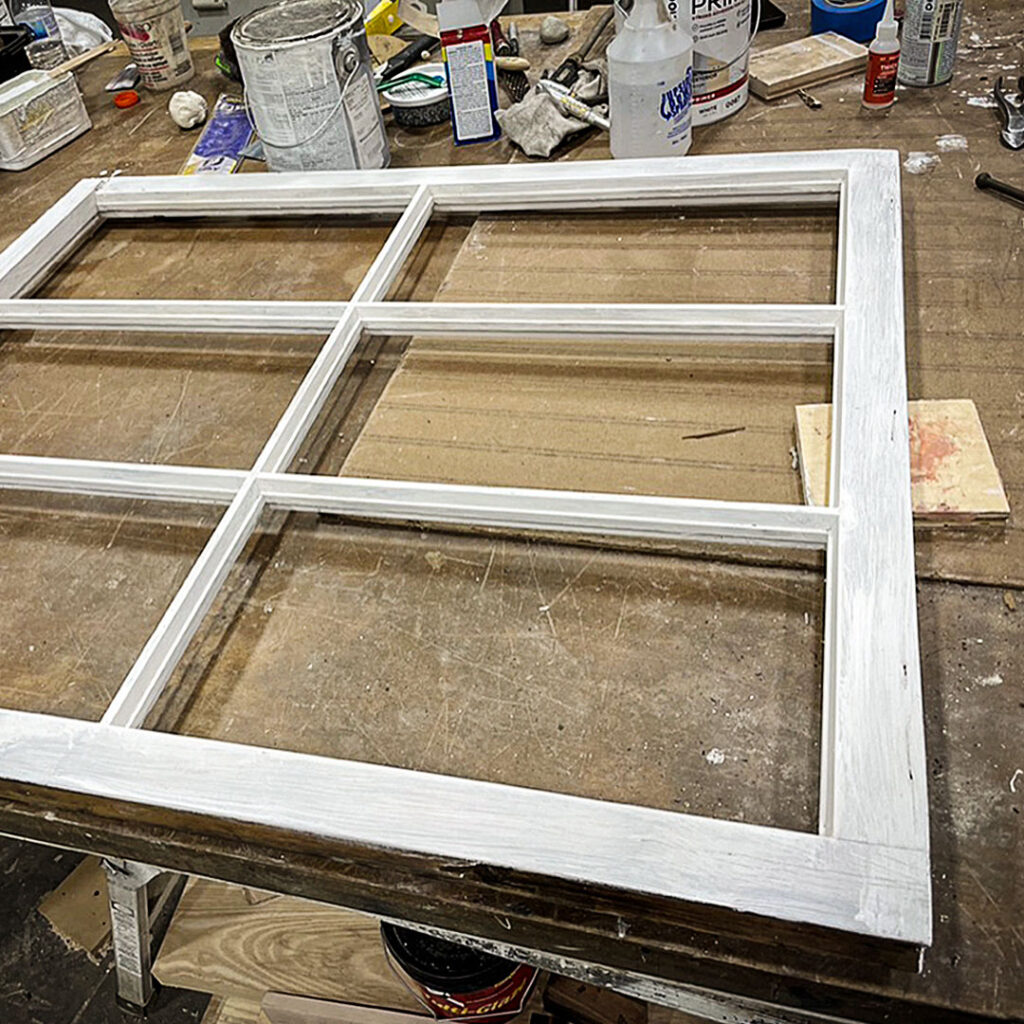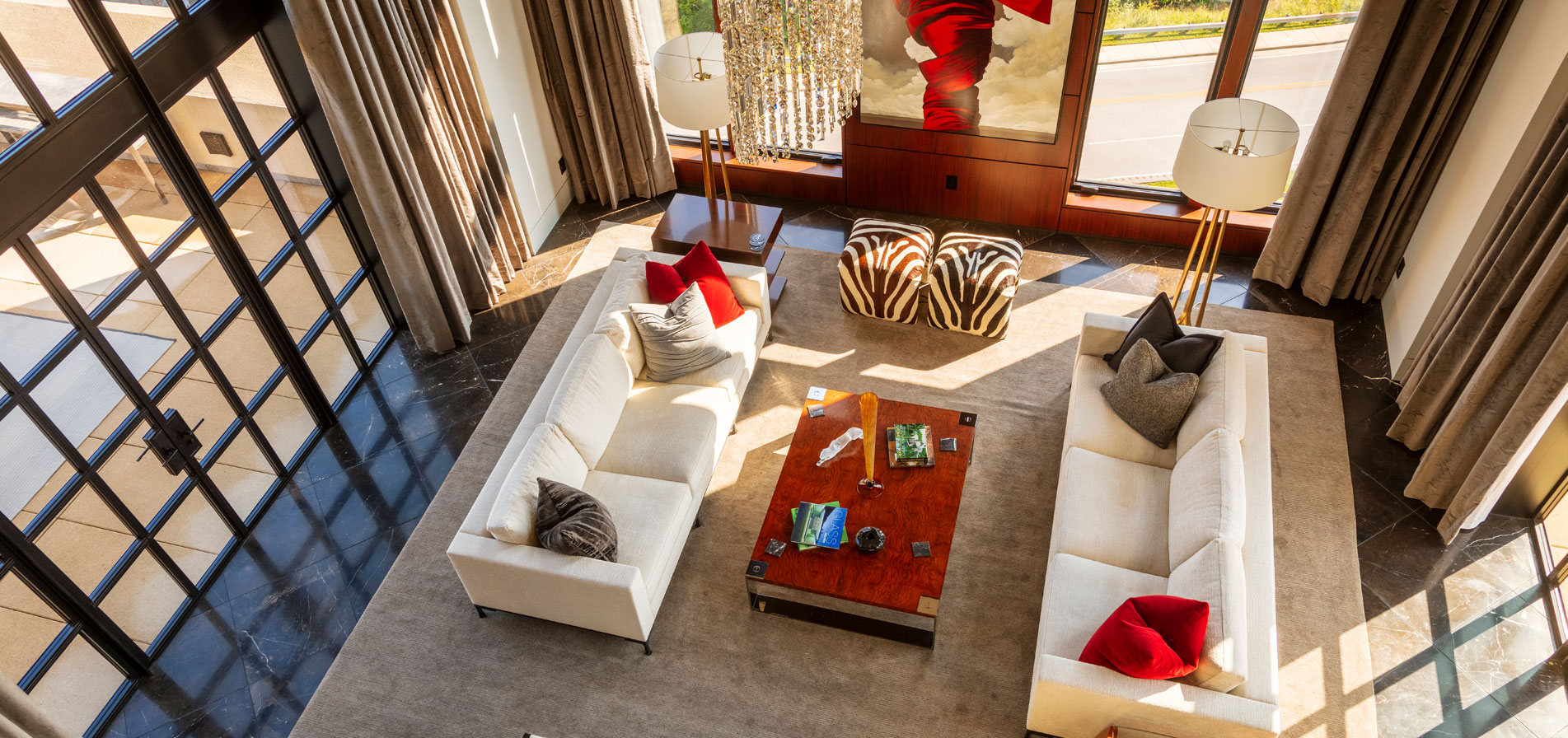Louisville, Kentucky was established in the later part of the 18th century as river traffic grew above the falls of the Ohio River. The city grew, and the population pushed southward, establishing the neighborhood now known as Old Louisville.
Old Louisville is renowned for its beautiful three-story Victorian homes that feature majestic ten to twelve-foot ceilings. The homes included detailed accents including oak floors with walnut inlays and stained-glass keyhole windows.
These century-old homes still exist today due to their massive limestone foundations, rough-sawn oak trusses and joists, double-thick brick walls, and quality craftsmanship. However, time takes its toll on everything. Mechanical and code upgrades change over time, and these historic buildings need restoration.
One of the most important upgrades, in addition to new wiring, roof, and insulation, is the windows. Many windows have rotten sashes from years of weather, broken counterweight ropes, and will likely be painted shut and non-functioning. In addition, most have broken glass and air leaks, making an already large home extremely inefficient.
At KTC Construction, we have over 25 years of experience restoring historic Victorian homes. Thanks to our well-equipped Millworks Department and talented carpenters, we can replace or rebuild custom windows.
Here’s how we tackle the project:
The first decision as a homeowner is to decide whether to restore the existing windows or replace them. For us, the answer is simple:
Why do we recommend restoring your old windows over replacing them with new windows?
- In Historic Districts, the preservation board prefers that you restore your original windows; in some districts, it is required.
- New windows require custom sizes and can be more expensive or impossible to replace.
- Restoration keeps unnecessary building materials out of landfill.
- Restoring the existing windows maintains the integrity and aesthetic of the historic home.
How do we restore historic windows at KTC Construction?
Step 1: We carefully remove the windows, first removing the header and casing, working our way in to remove each window frame.
Step 2: The windows are then carefully crated and transported back to KTC to be restored in our Millworks Department.
Step 3: We steam each window casing in our custom-built steamer, which loosens the paint, glue, and glazing so each window can be stripped and removed. *Note: All lead-based paint must be removed and disposed of properly.
Step 4: Any rotten wood or broken glass is replaced and, in some extreme cases, disassembled and rebuilt. Note: When replacing glass, we have several options. We can use historic leaded glass, new glass, or a new wavy glass to represent the old leaded glass. When required, we can even replace the glass with safety glass to meet the code.
Step 5: We re-glaze the window panes and prime the wood panes, sash, and rails.
Step 6: Back in the home, and during re-installation, we replace any damaged or rotten wood on the grill, sash, rails, or frame, and prime the wood.
Step 8: We reassemble and reattach the window’s counterweights with brass chains instead of cotton rope. These chains will last a lifetime and won’t dry rot and break. When built correctly, these windows will raise and lower with minimal effort.
Step 9: During the installation, we seal air gaps and install new weather stripping, making the home energy efficient.
In Conclusion:
While you have several options when restoring your historic home, we feel restoring your windows can be quicker, and in some cases more cost-effective, than replacing them with new ones. However, the most rewarding aspect is knowing you are maintaining your home’s historic integrity, which will be appreciated each time you open and close your windows.
Please feel free to contact KTC Construction for more information on how you can restore your historic home or for a consultation.





















